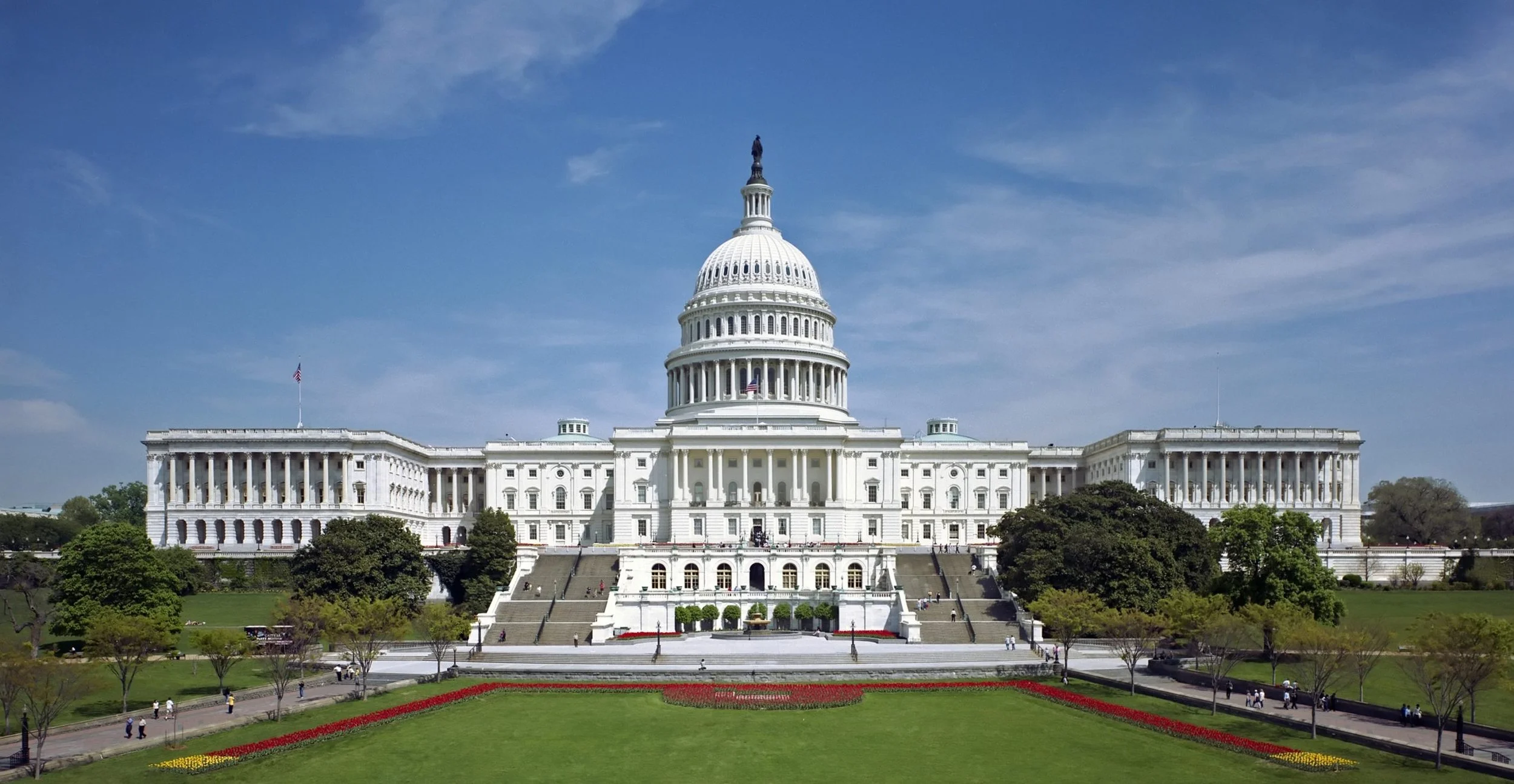Coalition, Groups Push Congress for Over $1.5 Billion for Toxic Clean-Up, Great Lakes Restoration
[et_pb_section fb_built="1" _builder_version="3.22"][et_pb_row _builder_version="3.25" background_size="initial" background_position="top_left" background_repeat="repeat"][et_pb_column type="4_4" _builder_version="3.25" custom_padding="|||" custom_padding__hover="|||"][et_pb_text _builder_version="4.9.7" background_size="initial" background_position="top_left" background_repeat="repeat" hover_enabled="0" sticky_enabled="0"]
ANN ARBOR, MICH. (June 24, 2021) – The Healing Our Waters-Great Lakes Coalition and groups in the eight-state Great Lakes region are calling on the U.S. Congress to invest more than $1.5 billion to clean up toxic hot-spots as part of a national infrastructure package and to boost Great Lakes Restoration Initiative funding. The Coalition made its requests in two letters to Congress that were signed by more than 90 Coalition partners.
“Our region’s water continues to be threatened by toxic contamination that poisons drinking water, closes beaches, and leaves fish unsafe to eat,” said Laura Rubin, director of the Healing Our Waters-Great Lakes Coalition. “Cleaning up these toxic hot-spots is essential to upgrade our water infrastructure. Federal investments will reduce the cost of delivering clean drinking water, spur local job creation, and protect our public health. This funding is urgently needed to accelerate restoration progress and support communities that have borne the brunt of water pollution and environmental injustice.”
The first letter (below) calls on Congress to include $1.5 billion to restore the Great Lakes through the EPA’s Areas of Concern (AOC) program. AOCs are the harmful legacy of decades of industrial pollution to the waters millions in the region rely on. These toxic sites threaten the safety of communities by way of cancer-causing contaminants and other pollutants that have led to drinking water restrictions, fish consumption advisories and limits on recreational activities like swimming. The clean-up of these sites is necessary for the health of our communities and for our fish and wildlife – and can be a key driver of local economic revitalization.
The Coalition’s second letter advocates for full funding for the Great Lakes Restoration Initiative (GLRI) at $375 million in fiscal year 2022. To date, the GLRI has been an incredibly successful program, with work underway or completed on more than 5,400 restoration projects throughout the region. In addition to health and environmental benefits, the GLRI is a huge economic boon to the region, with every $1 invested through 2016 estimated to produce more than $3 in additional economic activity regionwide through 2036.
“State-Federal partnership efforts like the GLRI and AOC programs are crucial drivers of progress in the Great Lakes region,” stated Erika Jensen, interim executive director for the Great Lakes Commission. “We know that cleaning up contaminated areas has an outsized impact in our collective efforts to make progress on environmental justice and support our local communities. The GLC looks forward to working with all of our partners to help secure these critical investments.”
“The City of Gary and our partners have worked hard to restore and protect the Grand Cal River to provide benefits for our community,” said Jerome Prince, Mayor of Gary, Indiana, and member of the board of directors, Great Lakes and St. Lawrence Cities Initiative. “We’ve come a long way, but much cleanup work remains. We need the resources to get the job done so our residents can fully enjoy our local waterways.”
Additional information: EPA Great Lakes Area of Concern website
Since 2004, the Healing Our Waters-Great Lakes Coalition has been harnessing the collective power of more than 160 groups representing millions of people, whose common goal is to restore and protect the Great Lakes. Learn more at HealthyLakes.org or follow us on Twitter @HealthyLakes
[pdf-embedder url="https://healthylakes.org/wp-content/uploads/2021/06/HOW_2021-06-21_AOC-supplemental-Signed-letter-002.pdf"]
[/et_pb_text][/et_pb_column][/et_pb_row][/et_pb_section]

